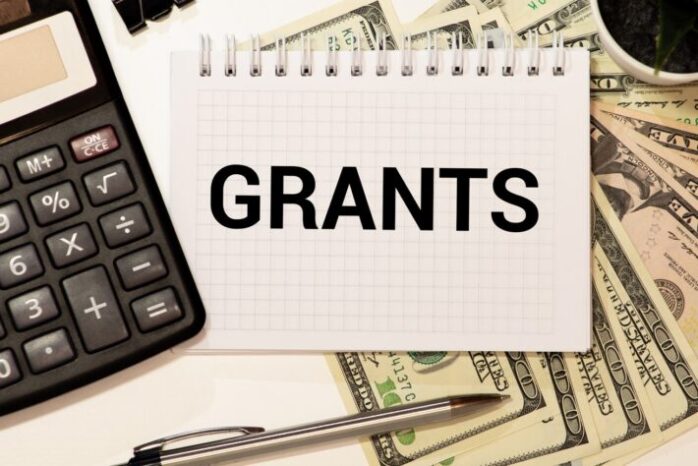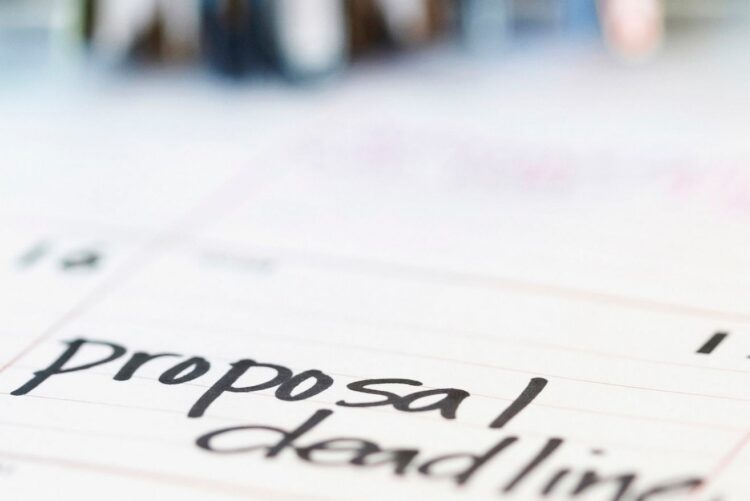
Grant proposals are the part that determines if a nonprofit is deserving of receiving a grant. It has more significance than the cause of the nonprofit itself! For this reason, you should never leave any stone unturned when drafting a grant proposal, also check out Donorbox for grant proposal.
While experienced grant writers might know exactly what to do, some nonprofits often do not know where to begin. In this guide, we aim to facilitate better grant writing so that your nonprofit gets an equal chance at life-changing grant money.

The structure of a grant proposal
To master a grant proposal, you must first understand its structure in entirety. You will have plenty of time for research and drafting, but before you begin it is imperative that you nail down the structure so that you can write a concise grant proposal. The grant proposal’s ideal length is about one page only that will include all things including the need of the project and its future outcomes as well. One other thing which is the main part of a grant proposal is the amount of funding.
Cover letter
A cover letter is the document that introduces your organization, its mission statement, and directly states what it is looking for. You must mention the amount you seek and why the nonprofit aligns well with the goals of the grant foundation. It cannot contain any revised information from the grant proposal itself. Here are some tips:
- Address it to a person as you want to establish a human connection with the grantor who will review your proposal.
- It should only be one paragraph and should not exceed four paragraphs.
- Enclose a statement from your board of directors approving the project.
- You do not need to write a cover letter for government funds.

Executive summary
This element of a grant proposal is the most important one. In a single document, you have to concisely deliver the intent of your grant proposal as well as furnish all the necessary information. It has to be eye-catching and at the same time cannot be overly verbose. To help you out, here are some tips you can use:
- Describe your organization and their intention for society.
- Highlight the key points of your proposal.
- Showcase the need the community has for your program.
- State the cost and the amount of the project, along with the time frame for project completion.
- Show the expected results.
Statement of need
This is the part where you have to explain the problem statement. In this section, you will be highlighting the problem faced by society and how your organization aims to tackle this problem. Here you have to be coherent about your nonprofit’s vision and how they can be the ones to bring it to life. You must include statistics and historical data that illustrates the problem faced by society at large.

Goals and objectives
While both the words may imply the same thing, its explicit understanding can be different. This is the part where you can unleash your creativity to drive home the point. State what your nonprofit aims to achieve. Remember, the goals of your organization can be abstract and can be a purview of the problems it wishes to tackle. However, your nonprofit’s objectives have to be precise and measurable.
Methodology or program design
Here you have to clearly and distinctly state how your organization aims to complete all its objectives and achieve its goals. You have to banish every doubt the grantor or reviewer may have in their minds. You have to explain your program design in an easy-to-read manner. This is the part where you have to reiterate your problem statement and budget, to give emphasis on the importance of the grant.

Evaluation
This is the make or break section for many grant proposals. The reason is that many proposals lack the metrics to measure the project’s results. The grant foundation wants to see evidence that their money was used beneficially and that it yielded results. Clearly state how you aim to collect data relevant to the project. Your data can be both qualitative and quantitative, it simply has to be tied in with the methods and objectives, while showcasing measurable results.
Sustainability
Here the grant foundation wants to see what the long-term implications of the project are. They know that the grant money will eventually be exhausted. They wish to know how your nonprofit aims to carry on the endeavor, with or without their funding. You have to state how you will continue to run once the money has been exhausted. You have to describe your future funding plans and the goals of your nonprofit, once the current ones have been fulfilled.

Info on the organization
The best way to draft this section is by weaving a tale of your nonprofit’s journey so far. Human beings love stories and in this section, you can convince the grantor of your nonprofit’s viability with a narrative. You have to show that your organization is the best suited to carry out the mission and why it has the mettle to do so.
Budget
You have to be concise when documenting the budget. You must show all the costs and expenses for the project. Include even the most minute of costs here to illustrate the utility of the funds. You also have to show any income that can be accrued through community support. Another point of note is to include any tax-exemption letter from the IRS or any financial statements. Remember everything depends upon the amount of budget so, it is one of the most sensitive parts of grant proposals and should be dealt smarty and with proficiency.
Visit https://blog.

Conclusion
You should spend time going through different iterations of the proposal and review it thoroughly before you submit it.
If you effectively apply these tips and rigidly stick to this structure, you will be able to write a compelling grant proposal.











